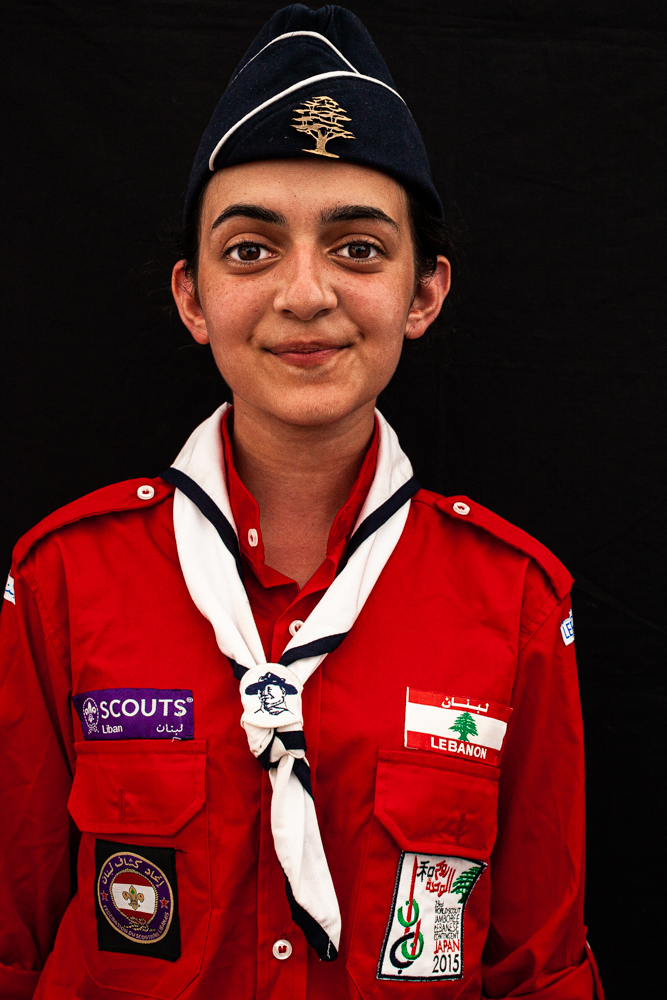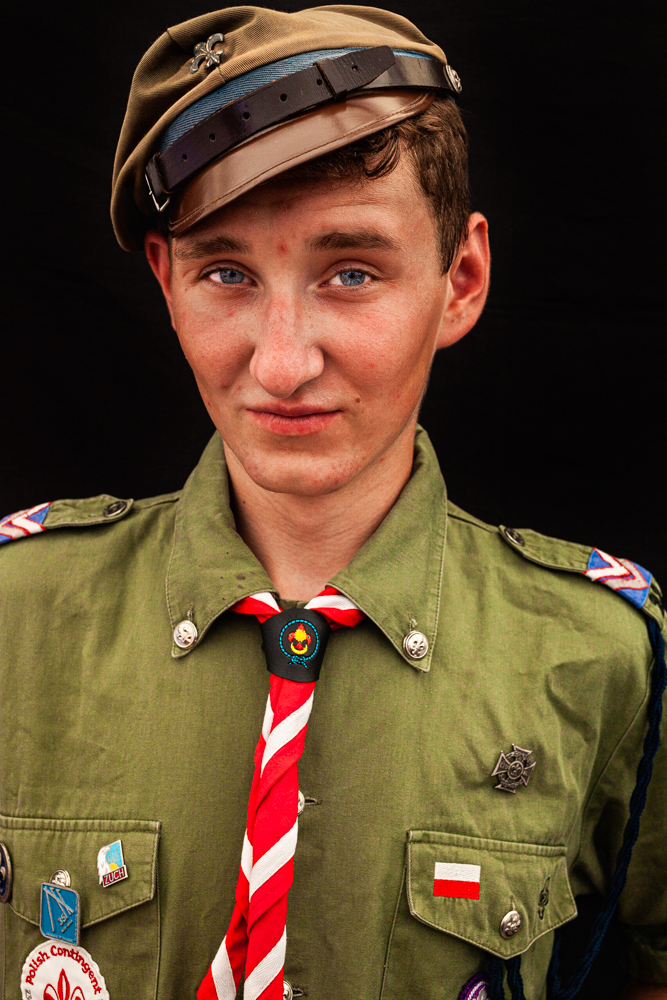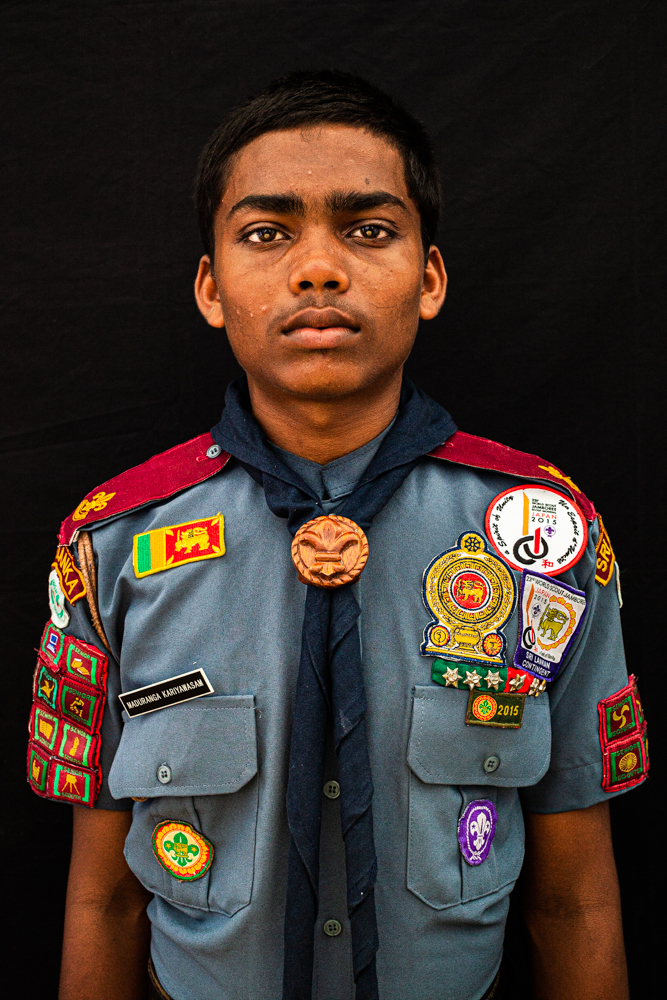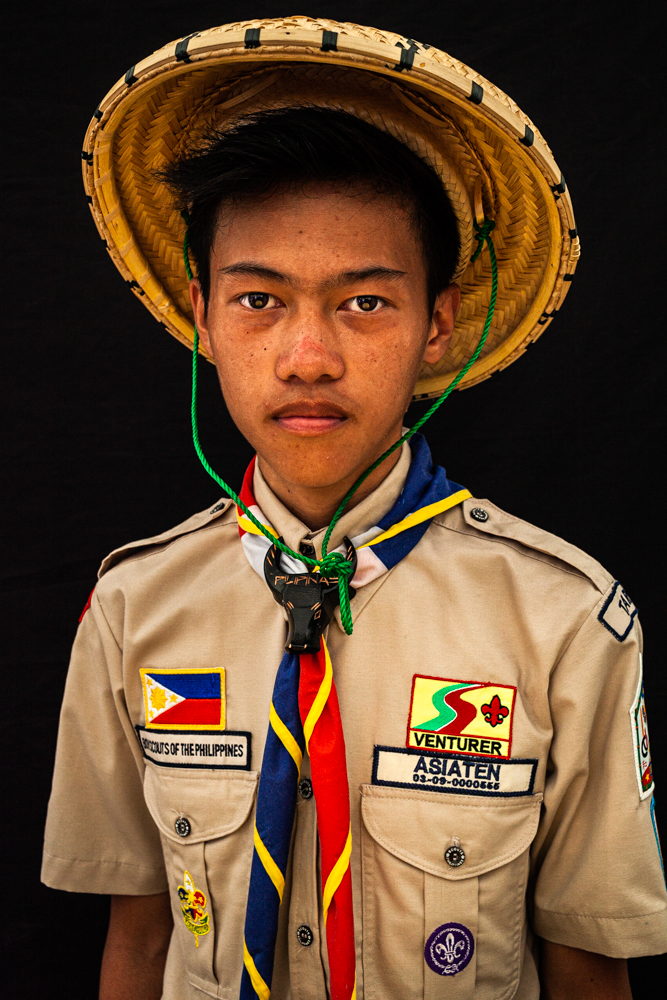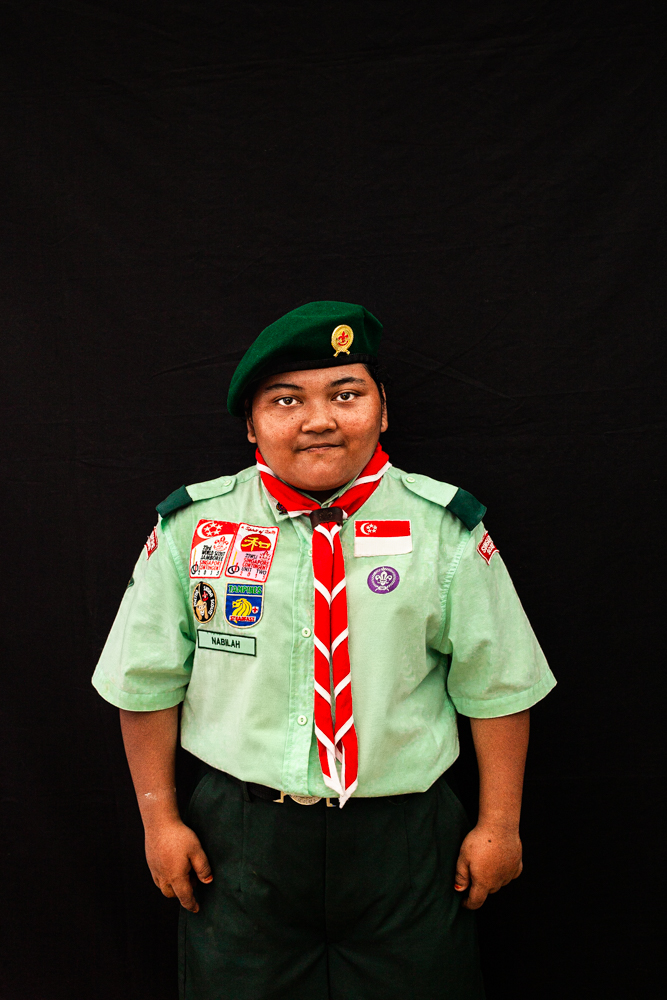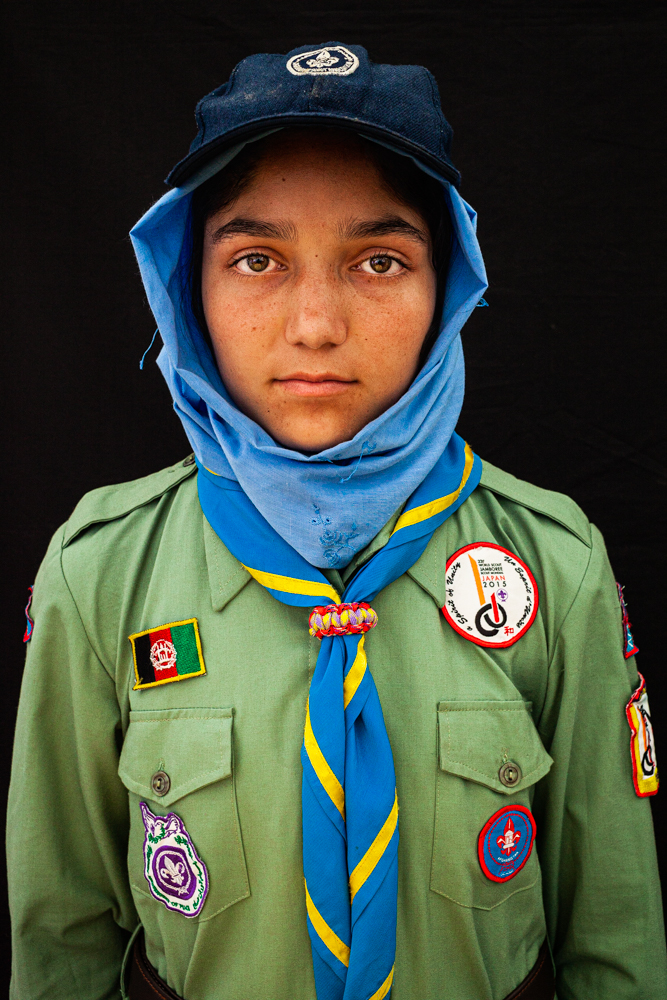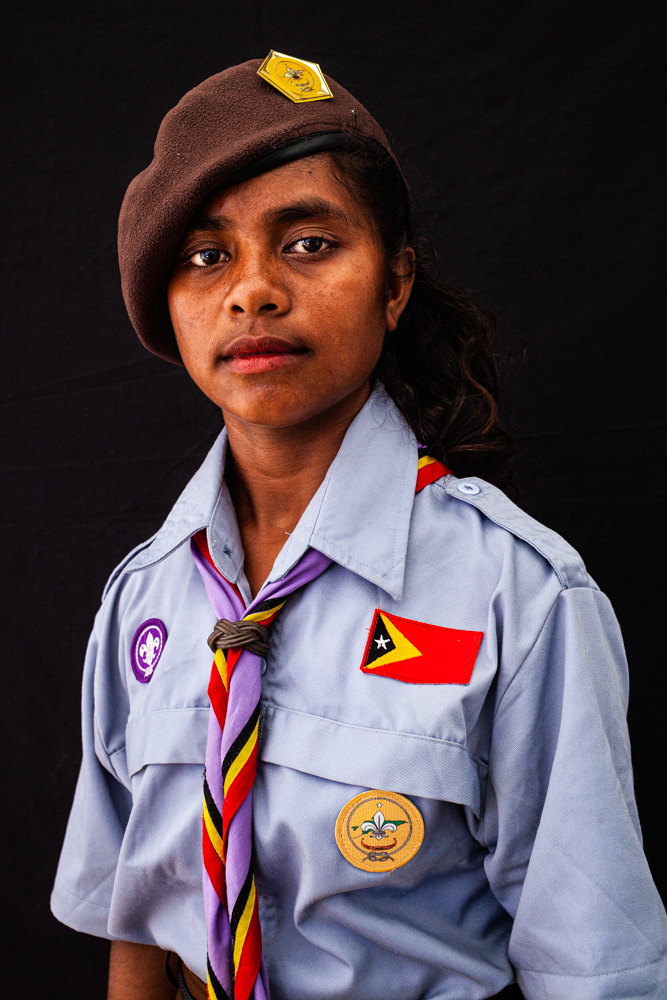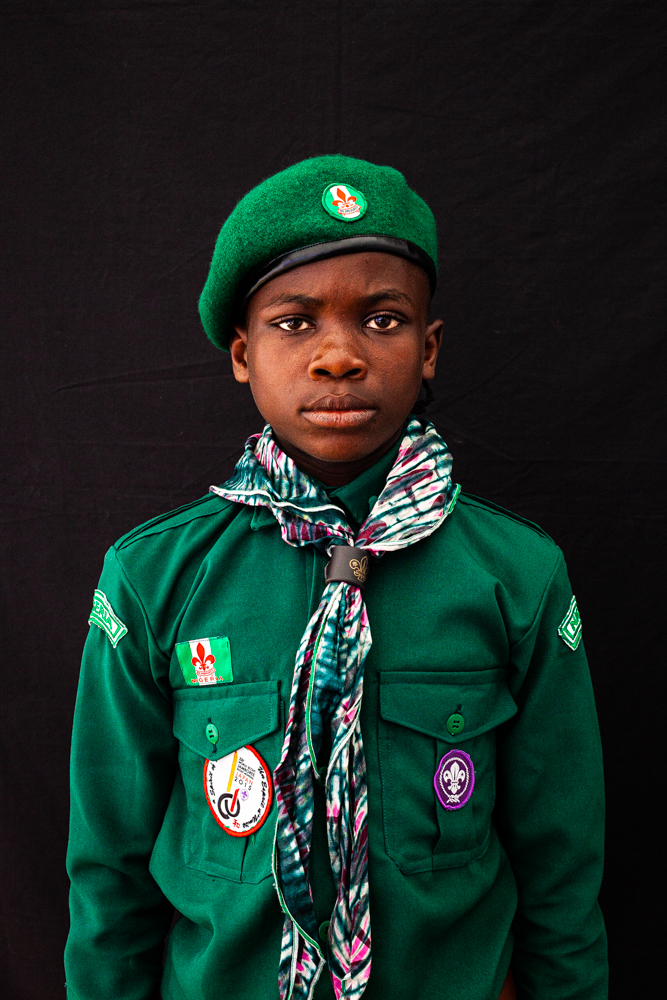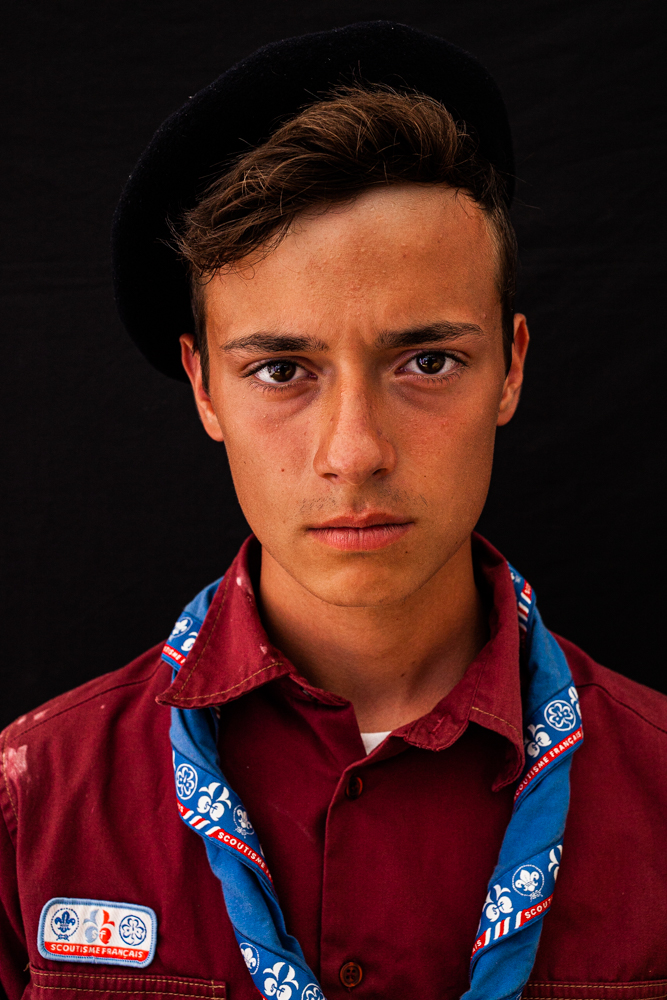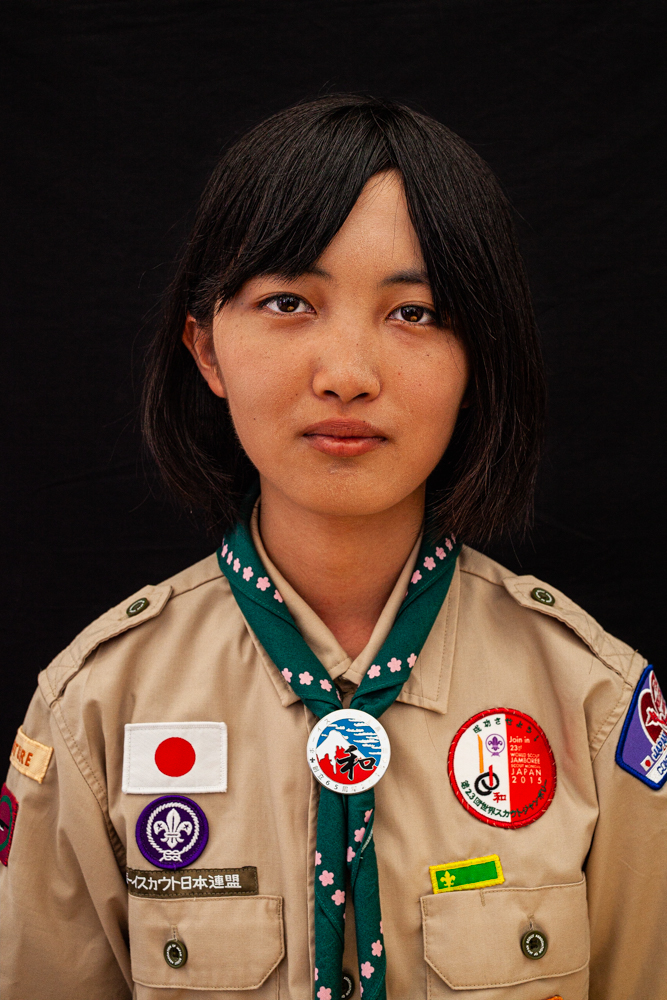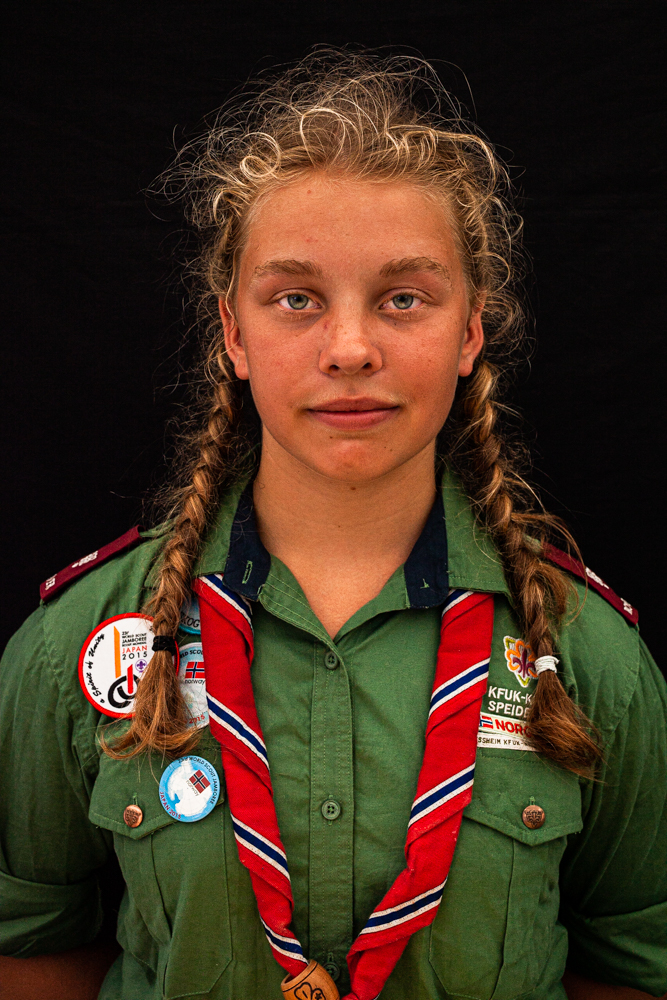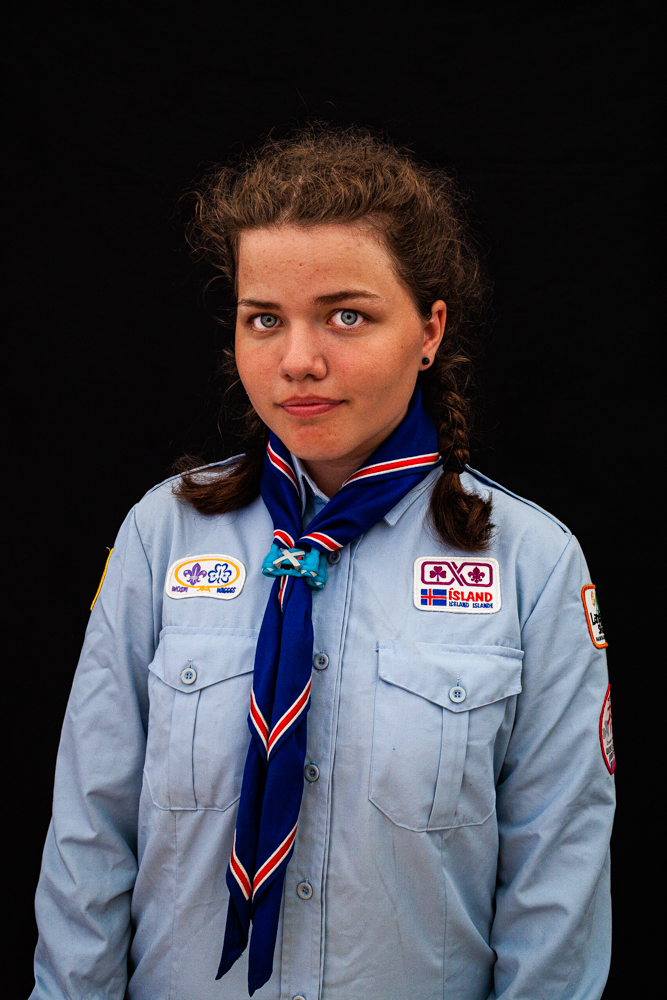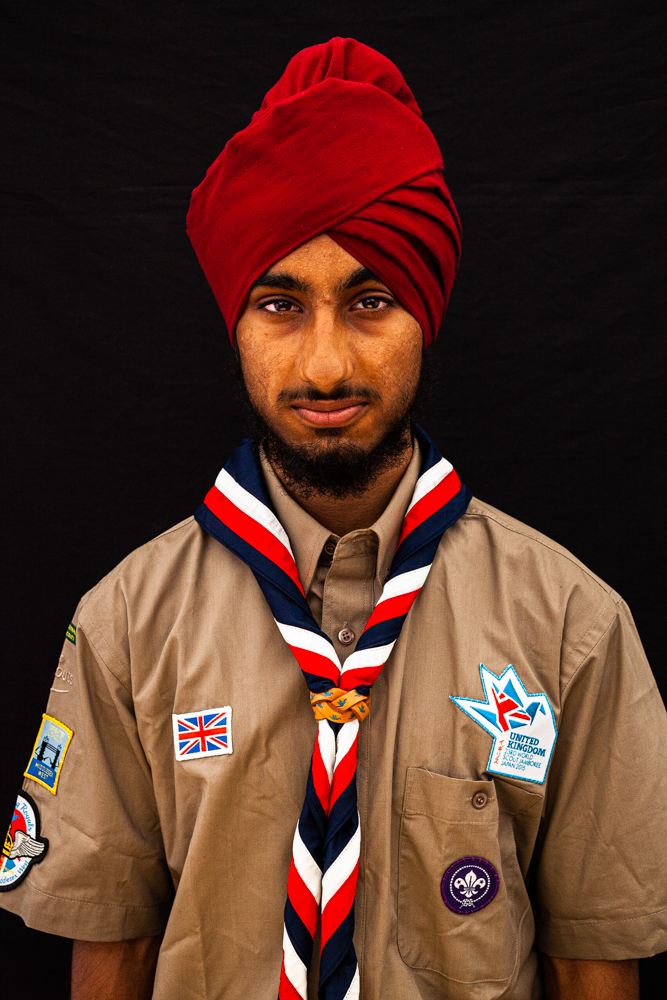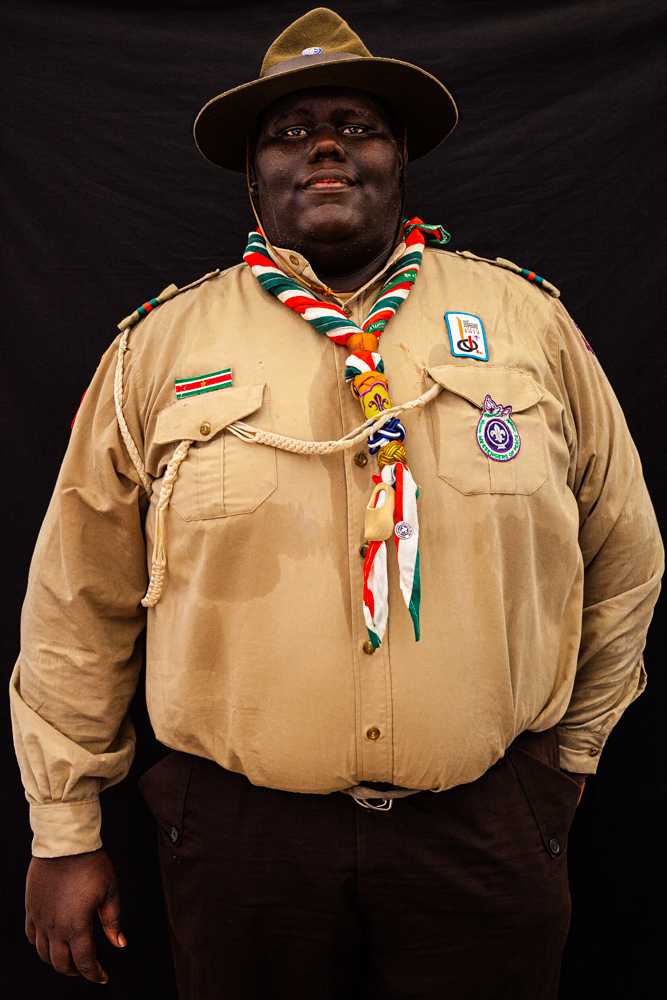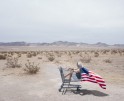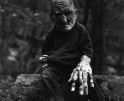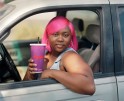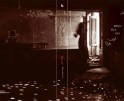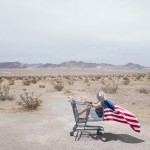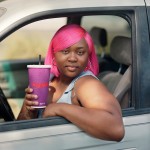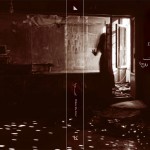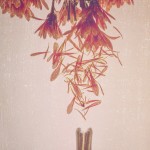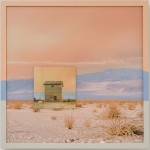Spain Week: Nuno Perestrelo: Atlas of Youth
I discovered Nuno Perestrelo‘s work two years ago when we met at a portfolio review in Madrid which we both of us were attending. When he knew I was from Barcelona, he suddenly started to speak in a perfect Catalan as he had lived and study in the city for a while.
That openness and interest in cultures and identities is reflected in Nuno´s work. He’s been working since 2015 on a massive project about diversity within humankind, having the World Scouts movement as a mirror of that. How so? Mainly because there are some 50 million scouts in every country of the planet, except in places it is actually prohibited. The portraits of youngsters from all over the world show us “an emotional map of cultural roots we all share,” as he says. Despite our cultural background or religion, we are less different than we think. Youth, hope, friendship, respect for the difference, tolerance and coexistence are the transforming values they all share that are so needed in these convulsive moments of history.
Born in Lisbon in 1988, Nuno Perestrelo is a freelance photographer based in Madrid, Spain. Nuno’s practice focuses on the existential and unconditional relationship between man, nature and history, reflecting the complexity and intersections between the different times of history in our daily lives. Starting out as a journalist, writing for local and national media, in 2010 he then devoted himself exclusively to photography. Educated in Audiovisual Communication and Journalism, Nuno holds a Bachelor in Communication Studies Universidade da Beira Interior Covilhã, Portugal. An Erasmus grant took him to Barcelona where he studied at Pompeu Fabra University. He received a Master of Arts in Photojournalism at Mid Sweden University Sundsvall, Sweden. He has lived, worked, studied and exhibited in Portugal, Sweden, and Spain where he was awarded by Descubrimientos/Trans-atlántica PhotoEspaña with a Master Program. He was also featured among the finalists of Transeurope Photo Platform.
Atlas of Youth
Atlas of Youth is a portrait photography project conceived around scouts from 83 countries. It’s an emotional map of geographical bonds and cultural roots. It represents a real political possibility of a diverse world. A statement against the fear of the other, em-bodied by adolescents in transition to adulthood. Every four years since 1920, scouts from all continents create a giant camp where they all cook, play and dream together. The last Jamboree was in 2015 and gathered in Japan 33.000 youngsters from 155 countries out of the total of 50 million distributed throughout the world. During that event, a portrait studio was improvised. Under tropical conditions, anonymously, the scouts in their uniforms faced the camera. One by one, country by country.
Atlas of Youth is about diversity as much as it is about facing stereotyped ideas we all have about certain places we know, and some others we probably never heard much about. In its own way, it is about the unknown, as much as it deals with what we think we know. This series of portraits shows a real political possibility of a world embracing the ideal of diversity. All together, it’s meant to be a statement against the conflictive idea of fearing the other.
Why Photography?
I think because it’s the closest medium we have that somehow relates to reality in a very consensual way. Because it’s a mechanical medium and that simply makes the process of creating easier, faster, more truthful or believable in a way, for the good but also for the bad. But at the same time I’ve always felt I need that connection with reality. It’s not something which is coming only from my imagination, but somehow relates to everybody’s world and a certain universal point of view towards the human perception of things.
When did you discover the path of being a photography author?
Having studied journalism and photojournalism, I would always need to have in account that background or set of circumstances of mine. I can’t tell exactly when I started developing or becoming an author, but I guess it starts from the moment I stop to believe, I start to doubt about many things, or rather the way things are being told to us constantly. When I’m not longer interested in manipulation or persuasion through the imagery of the mass media, in general stupidification.
When I become interested in telling stories that are not being told at all, or not necessarily in a way I find appropriate or interesting. The pace of the time we live in does not help to do that anyway. You’re not supposed to have time to think, and it’s hard to find that time. To be author also means being able to find that mental space in yourself but also being able to give it to others.
Do you think about pictures every day?
Not really, and I like it that way. It’s part of the process not being constantly overflowed by pictures.
What are your challenges as an artist?
The single fact that someone decides to be an artist or an author is already quite a challenge. I think the ability to survive in this world without degenerating yourself as a human being, at the same time you’re able to persist in that struggle of ideas and creation, is maybe the greatest challenge for all of us.
How do you overcome the artistic block?
Doing something else different than the stuff I’m doing – work on something different and leave it rest for a while. After a certain time you always see things differently, and usually that helps overcoming that block. In other words, I try to avoid being obsessed about something for a long period of time.
Cristina Fontsaré was born and raised in Barcelona. At the age of nineteen she moves to London at then to Paris where she studies French Literature at Sorbonne University. After several years abroad,she returns to her hometown where she graduates in Fine Arts, specializing in sculpture.
She discovered photography almost by accident in her early thirties, when she was studying a master´s degree in Landscape Architecture that led her to document topographies and places in different stages of transformation that she photograph in the form of large panoramas.
Suddenly she realized that this medium allowed her a more intimate relationship and involvement with herself, with her work and as a consequence with the viewer. A new world opened up in which she could explain things in a different way, from another place, from
the most emotional and intuitive. Since them she has been working mainly in Photography.
In 2006 she began the first series of night photographs “I am not promising you a wonderful world” where she focused in the psychological potential of the territories between the threshold of nature and artifice. She introduces an element that will become characteristic of her work: the presence of an unstated narrative that makes these into visual stories rather than static photographs. Her work takes a turn and changes when her daughter is born and leaves the city to life in the countryside. From now on, her work will focus on the cycles of life, metamorphosis, the magic in the everyday life and the ephemeral. She exhibits regularly nationally and internationally.
Posts on Lenscratch may not be reproduced without the permission of the Lenscratch staff and the photographer.
Recommended
-
Martin Stranka: All My StrangersDecember 14th, 2025
-
The Family Album of Ralph Eugene Meatyard at the High MuseumDecember 10th, 2025
-
Paccarik Orue: El MuquiDecember 9th, 2025
-
Richard Renaldi: Billions ServedDecember 6th, 2025
-
The Art of Documentary Photography: Rania MatarOctober 25th, 2025

